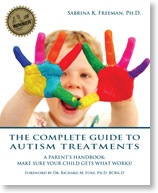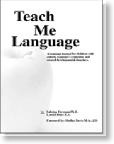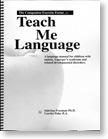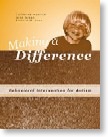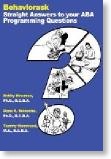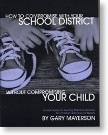Communication
These are my recommendations, based on my personal experience and my exposure to 1000’s of children with autism in science-based treatment programs:
1) The first recommendation I have, as someone who has walked down this long and dusty road, is to set up an Intensive Behavioral Program (IBT) where an improvement in communication is one of the major goals of the program. If you need a no-nonsense tutorial on how to set up and maintain an IBT program, I created one for new parents. I was spending approximately 8 hours a day with new parents over the phone explaining how to set up a program and realized that a video would be a better option! Autism: Now What Do I Do? (DVD)
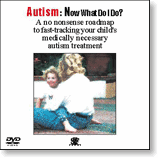
There are many different organizations that will set-up and run Intensive Behavioral Treatment programs, and chances are that there is someone in your community with the expertise to help you. In fact, the professional who helped toilet train your child may have expertise in setting up an IBT.
A sample curriculum is laid out in the following books: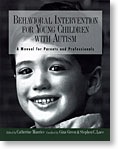
Behavioural Intervention for Young Children with Autism 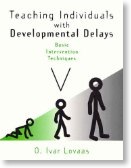
Teaching Individuals with Developmental Delays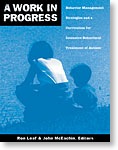
A Work in Progress
2) Do not waste money on a Speech and Language Pathologist (SLP) who has no expertise in behaviorism or is not behaviorally oriented! SLPs who are behaviorally oriented can be very valuable; however, generally the IBT program can work on speech and language as part of the program without having to involve an SLP right away. At some point, the consultant who has set up the IBT program will recommend that you get an SLP involved depending upon the child’s challenges; however, they may happen early or years into the program. Once you are up and running, and your child communication has improved to the point where s/he can put together simple sentences and can decode the written word (read without necessarily understanding what is being read), then it is time to use the book Teach Me Language in conjunction with either a Speech and Language Pathologist or a Behavioral Consultant. This book is useful throughout the elementary and high school years and it helps children with speech, language, reading and writing skills that are customizable to the subject the child is learning at school. 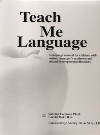
3) It is important that your child have some way to communicate. There is much debate on this topic regarding when to introduce alternatives to speaking. Some practitioners think that children with autism who have difficulty speaking need to use sign language. Others believe that a Picture Communication System (PECS) is best. From my personal experience, I think that it is best to try to teach the child to speak, and only after the child has been in a competent behavioral treatment program for some time with no progress on this front is it time to think about other options. Under NO circumstances should you ever use Facilitated Communication on your child!!! It is dangerous! For an in depth look at the dangers of Facilitated Communication, I suggest you read pages 289 - 307 of my latest book, The Complete Guide to Autism Treatments. 